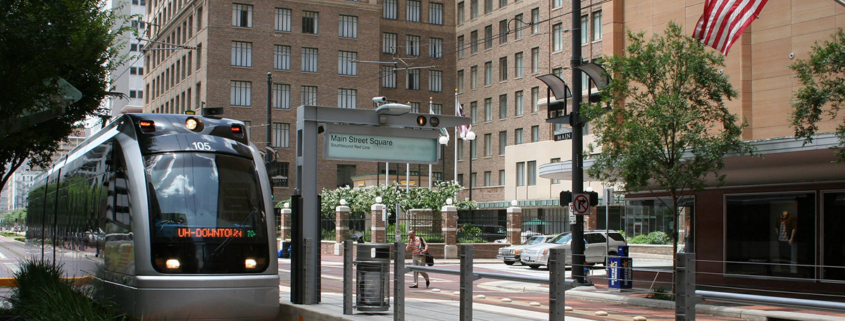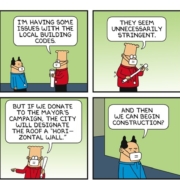Carbon Capture Subscriptions, Climate Entrepreneurs and more
Big idea of the week on Houston adapting to climate change: what if automakers sold a subscription with their cars that reported back monthly gas usage and sequestered that much carbon? Great new product for oil & gas companies to sell automakers…
Moving on to some smaller items to catch up on this week:
- Texas Monthly: Fracking Has a Bad Rep, but Its Tech Is Powering a Clean Energy Shift. Great quote:
“Every day I meet another oil and gas guy who is now a climate entrepreneur. I think there is going to be an explosion of clean energy activity out of the O&G sector, and we’ll be stunned in the next 5-7 years by how many of these problems they handle.”
- City Journal: Lone Star Waste – Two Texas transit projects embrace extravagance. Politically connected groups extract surplus from Austin LRT and Texas Central HSR.
- Texas Central’s bid for $12 billion in federal loans stirs controversy (high-speed rail)
- Reason: Texas Central shouldn’t get a $12 billion taxpayer-backed loan – The Houston-Dallas proposal has long been sold to the public as a privately financed high-speed rail system that doesn’t need taxpayers’ money.
- City Journal: A Bridge Too Far – Pete Buttigieg’s remarks on Robert Moses’s “racist bridges” flatten history in service to an ideological fad. Hat tip to Jay.
- Salim Furth, Mercatus: How Cities Can Solve Their Office Crisis and Housing Affordability in One Go (converting empty office space to housing)
- Video testimonial on the five reasons this family was very happy to move from NYC to Houston.
- Market Urbanist Scott Beyer breaks down the pros and cons of Singapore’s public approach to housing.
- The story is that all the Californians are moving to Austin, but more actually move to Houston!
- CEOs say they wish they’d made the move to Texas a decade ago
- WSJ: How Working From Home Could Change Where Innovation Happens – For decades, ‘superstar cities’ have been attracting talent and money. But thanks to remote work, their status is likely to change in unexpected ways, bringing tech expertise to places that have long tried to attract it. Profiles a tech exec moving from San Francisco to Houston/Katy for a better quality of life.
- Aaron Renn, Governing: The Poor Places That Made Our Cities Richer – Dense, often dilapidated neighborhoods were routes to prosperity for an earlier generation of low-income urbanites. Their destruction has hurt us all. Key excerpt:
“This was cheap housing, but that didn’t just mean cheaper rents. It meant the opportunity for ownership. A key characteristic of many of these neighborhoods was what Husock labels “owner presence.” Even in crowded neighborhoods, apartment buildings like the Boston triple-decker or Chicago two-flats allowed residents to buy the building and live in one unit, while renting out the other to earn income. A surprisingly high share of people who rented in these places lived in buildings where the owner was also living. The owners accumulated wealth in the form of equity in their real estate that was a key to their ability to move up economically.
One common factor in these places was a tolerance for housing that reformers judged substandard. Tenements on the Lower East Side, for example, often lacked baths. Levittown houses were tiny, identical boxes on concrete slabs. But the policy response to the legitimate problems of some of these neighborhoods was a cure often worse than the disease. Mass slum clearance and the construction of huge high-rise public housing projects are the most infamous examples.
The replacement of “slum” housing with public housing was not only a quality-of-life disaster, it also locked its residents into permanent rentership. Detroit’s Black Bottom neighborhood may have been segregated, but it gave Black residents the opportunity to own real estate and own and operate businesses. In public housing, Black residents could do neither, cutting off critical avenues of wealth creation.”
This piece first appeared at Houston Strategies.
Tory Gattis is a Founding Senior Fellow with the Urban Reform Institute and co-authored the original study with noted urbanist Joel Kotkin and others, creating a city philosophy around upward social mobility for all citizens as an alternative to the popular smart growth, new urbanism, and creative class movements. He is also an editor of the Houston Strategies blog.
Photo credit: Ed Schipul via Flickr under CC 2.0 License.








 La Citta Vita, used under CC 2.0 License
La Citta Vita, used under CC 2.0 License